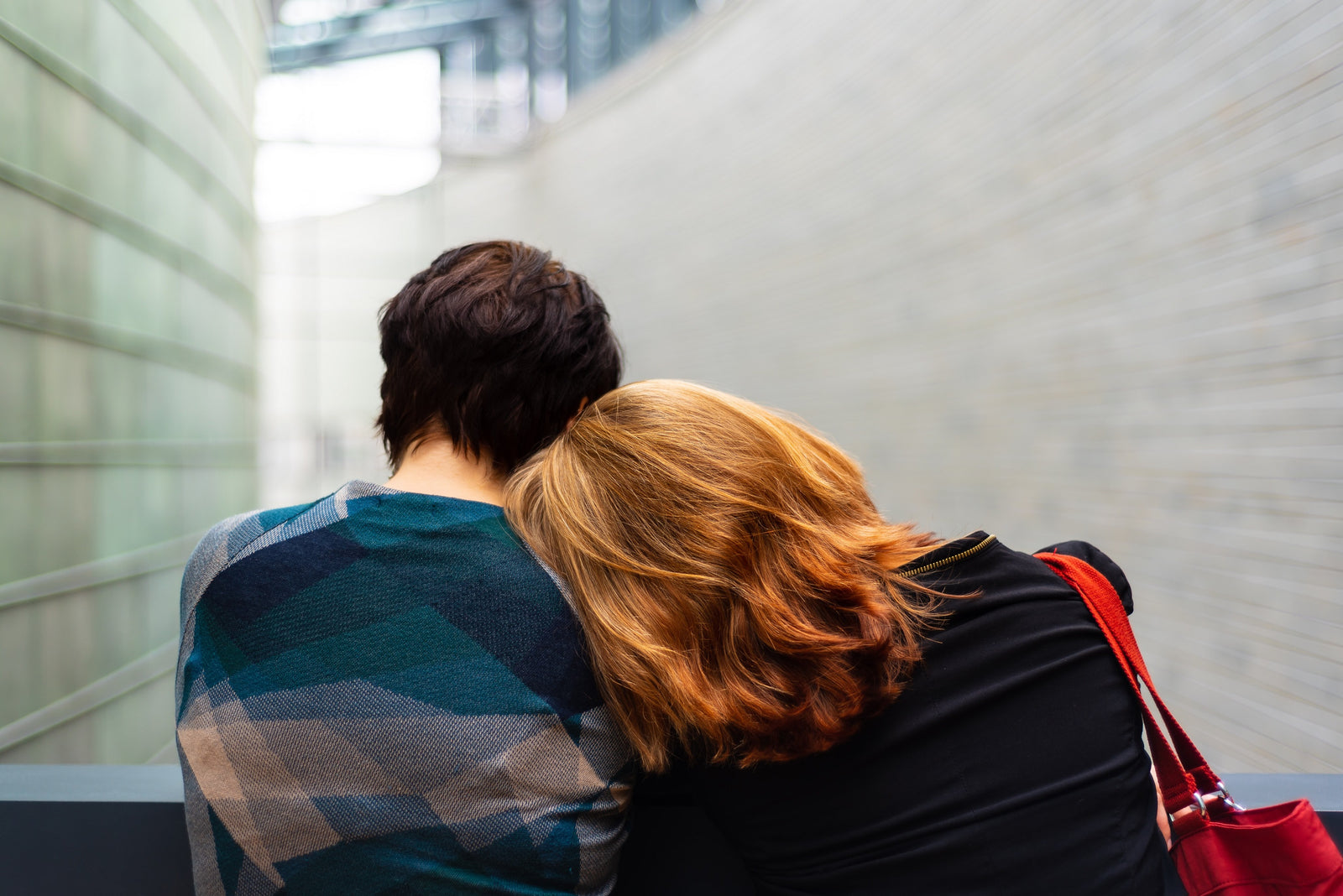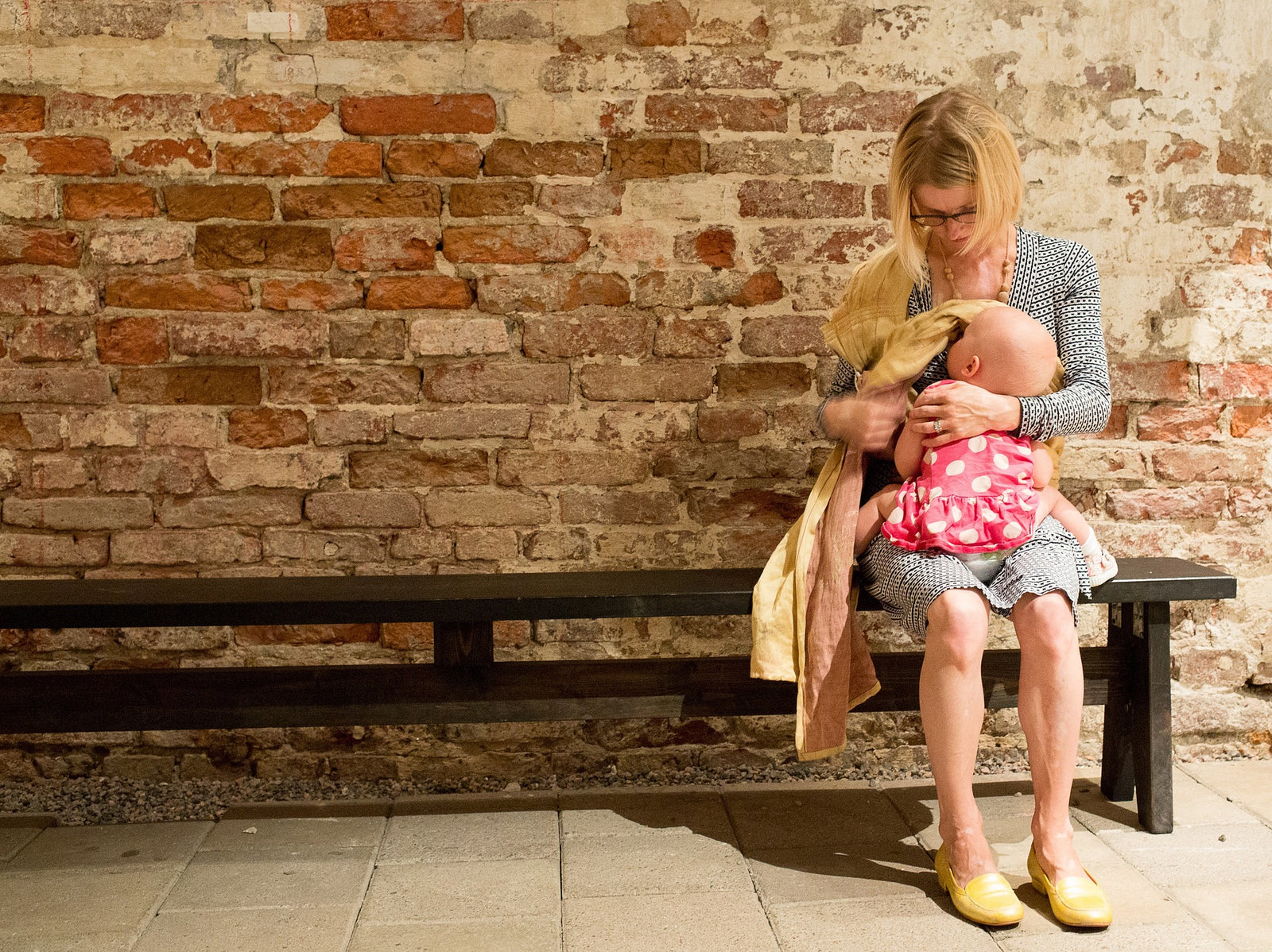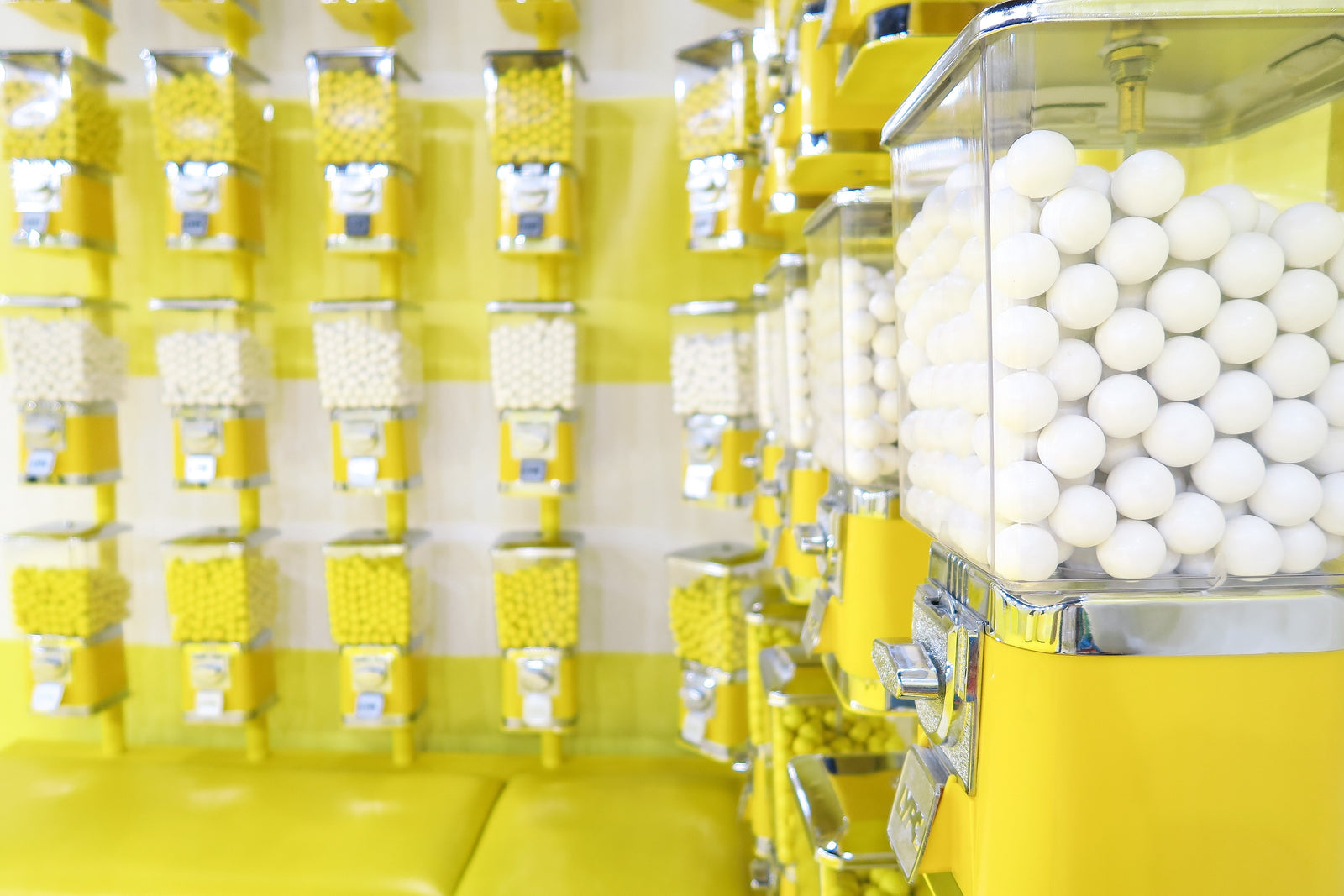🚚 FREE USA SHIPPING ON ORDERS OVER $30! INTERNATIONAL SHIPPING AVAILABLE.
🚚 FREE USA SHIPPING ON ORDERS OVER $30! INTERNATIONAL SHIPPING AVAILABLE.
How Uber and Lyft drivers can stay awake
by Mark Miller 5 min read

The problem of drowsy driving among Uber and Lyft drivers had become so dangerous that those two companies started limiting drivers' shifts.
At Uber, drivers need to take six hours of rest in between every 12 hours of work. At Lyft, it's six hours between every 14 hours of work [1].
The American Academy of Sleep Medicine said in a statement [2]:
However, the AASM considers these limits to be insufficient since many ridesharing drivers work multiple jobs or drive for more than one ridesharing company, and they often drive late at night and early in the morning when sleepiness may peak.
The question is of great concern because in the United States, drowsy driving kills an estimated ~800 people a year in 90,000-some accidents, says the National Sleep Foundation in its article How To Stay Awake On The Road [3].
The AAA says the numbers are even more alarming than what the NSF announced:
The AAA Foundation for Traffic Safety estimates that an average of 328,000 annual crashes in the U.S. involve a drowsy driver, including 109,000 that result in injuries and 6,400 that involve a fatality. The National Transportation Safety Board also included “reduce fatigue-related accidents” on its 2017-2018 Most Wanted List of the 10 most critical changes needed to reduce transportation accidents and save lives. [4]
The problem is so bad that the American Academy of Sleep Medicine issued a statement on it:
“We are dealing with a public safety issue, where low fares and salary incentives compel drivers to continue driving past their safety limits. They may be unaware of the huge risks they are taking or have the false belief that sleep is overrated. Their customers, meanwhile, usually aren’t asking themselves, ‘How alert is my driver right now?’ They aren’t even thinking about drowsy driving. This is a formula for disaster,” said senior author Dr. Indira Gurubhagavatula, an associate professor of medicine in the Perelman School of Medicine at the University of Pennsylvania in Philadelphia. “We need to raise awareness and gather information. Without accurate estimates of how common this is, or regulation, it’s the wild west of transportation out there.”
Signs of Drowsy Driving
The American Academy of Sleep Medicine gives some signs to be aware of when you are driving drowsy [5]:
Pull over or have another passenger take the wheel if you experience any of the following warning signs of drowsy driving:
- You keep yawning or are unable to keep your eyes open.
- You catch yourself “nodding off” and have trouble keeping your head up.
- You can’t remember driving the last few miles.
- You end up too close to cars in front of you.
- You miss road signs or drive past your turn.
- You drift into the other lane of traffic.
- You drift onto the “rumble strip” or onto the shoulder of the road.
The only problem is, an Uber of Lyft driver can't very well let someone else drive for them, and their passengers would likely not appreciate it if they pulled over and slept.
So, what should they do?
Tips on how to stay awake
If an Uber, Lyft, or taxi driver starts to nod off at the wheel, you can get a temporary boost from caffeine that may help you to get your pax (passenger) to their destination.
Because you don't necessarily want to fill up on liquids while driving around for hours at a time, consider taking caffeinated Viter Energy Mints with B vitamins [6]. They have 40 mg of caffeine in each mint, so taking two is the caffeine equivalent of a cup of coffee.
Plus, when you are driving, you may not have access to tooth-brushing facilities, and the mint in Viter Energy Mints [7] refreshes your breath naturally.
Other tips on staying awake, from the National Sleep Foundation, include:
- Get plenty of sleep at night or during your daytime off hours. For adults that means seven to nine hours per night (or day if you work at night). Try to get your sleep uninterrupted. "People who don’t receive seven hours of daily sleep are at higher risk of being involved in a drowsy driving accident," the foundation says.
- The unfortunate thing about taxi drivers is, many work during the peak drowsiness hours between 12 a.m. to 6 a.m. The National Sleep Foundation and other advise not driving during those hours. If you have to drive then, make sure you are plenty rested.
- Practice better sleep hygiene in the following ways:
- Wake up and go to bed around the same times every day, on weekends and when traveling.
- Sleep in a dark, quiet room, with the room temperature set between 60 and 70 degrees Fahrenheit (15.5 to 21.1 degrees Celsius).
- Do not have portable electronics, computers, or televisions in the bedroom because they all emit blue light, which interferes with sleep. "You may use a blue-light screen that may be built-in to your phone/tablet to reduce it. As an added precaution, do not use any of these devices within 30 minutes of bedtime," the NSF says.
- Don't drink alcohol or take caffeine late in the afternoon or in the evening. The NSF also suggests limiting intake of any beverages to cut down on mid-night bathroom trips.
- Eat a healthful diet and get plenty of exercise. Overall health can help contribute to better sleep patterns.
- If you can't fall asleep after 20 minutes or so, get up for a while until you feel drowsy. As you wait up, avoid blue-light screens.
- If you have trouble sleeping, talk to a doctor in case you have insomnia or some other condition.
As we at Viter Energy Mints reported in this blog [8], many trucking sites say you should chew gum, play loud music, or keep the interior so cool that you're uncomfortable. The SleepFoundation.org says these are myths: These practices do not lessen drowsiness [9].
How Uber drivers stay awake
In a discussion thread at UberPeople.net [10], several of the drivers say they stay awake by eating sunflower seeds.
Another woman says:
Tired? STOP. Take a nap. 15 minutes will do wonders. I carry one of those horseshoe shaped pillows. Tip the seat back, set the timer, lock the car and it's off to dream land. Wake up, walk around the car while opening doors and checking things out. Now you're ready to drive.
Another poster concurred:
Nothing works better than a power nap. Took 2 this morning when I was charging up my car.
Outside of 14 hour work days, which is pretty unsafe so please stop doing that as you are operating a motor vehicle and can injure/kill yourself and/or others, sticking to an actual wake/sleep cycle will do wonders to speed up the process of not getting drowsy. I used to do alternating shifts; earlier on weekdays and later on weekends; but found myself burning out consistently over a 4 month time span. [11]
Another poster says he chews peppermint gum because peppermint is an essential oil with alertness properties. The alertness aspect is one reason why Viter Energy Mints has a peppermint variety [12].
Conclusion
If you are a taxi, Uber, or Lyft driver and find yourself feeling drowsy, you are far better off getting off the road. The long-term costs of a crash can far outweigh the short-term costs of losing income from getting off the road early.
Stay safe on the road by not driving when you're too tired. For more safety tips for Uber and Lyft drivers, check out the video below.
Sources:
[1] https://www.smartcitiesdive.com/news/drowsy-driving-safety-risk-of-ride-share-uber-lyft/521577/[2] https://aasm.org/drowsy-driving-position-statement/
[3] https://www.sleepfoundation.org/excessive-sleepiness/how-stay-awake-road-tips-combat-drowsy-driving
[4] https://aasm.org/drowsy-driving-position-statement/
[5] http://sleepeducation.org/healthysleep/awake-at-the-wheel
[6] https://amzn.to/3jb7Gwg
[7] https://www.goviter.com/collections/viter-energy-mints
[8] https://www.goviter.com/blogs/viter-energy-blog/truckers-tricks-to-stay-awake-on-the-road
[9] https://www.sleepfoundation.org/articles/myths-and-facts-about-sleep
[10] https://uberpeople.net/threads/how-do-you-stay-awake.168472/
[11] https://www.reddit.com/r/uberdrivers/comments/faw1ga/how_to_stay_awake/
[12] https://www.goviter.com/collections/viter-energy-mints/products/viter-energy-mints?variant=8286168481895
Also in Viter Energy Blog

Can caffeine help with ED?
by Mark Miller 3 min read
Erectile dysfunction. In combination, those are two of the ugliest words known to man. But can caffeine help you get it up?
Science hasn't found the definitive answer to this question, but one study concluded that fewer men who consume caffeine have problems performing. The study said:
Caffeine intake reduced the odds of prevalent ED, especially an intake equivalent to approximately 2-3 daily cups of coffee (170-375 mg/day). This reduction was also observed among overweight/obese and hypertensive, but not among diabetic men. Yet, these associations are warranted to be investigated in prospective studies

Caffeine while breastfeeding? Go ahead, it's OK
by Mark Miller 4 min read
Many breastfeeding mothers wonder if it's OK to take caffeine. In fact, many nursing mothers just avoid caffeine in case it would keep their babies fussy, jittery and awake.
The answer is yes, you can take caffeine while breastfeeding, as long as you don't go over about 300 mg a day.
It's an important question because caffeine is in so many products, and taking coffee, tea, or soda is such a common ritual.
And breastfeeding mothers may be tempted to take caffeinated products because they are deprived of sleep by their newborns' odd sleep schedule.

The surprising benefits of chewing gum
by Mark Miller 5 min read
You might think gum chewing is an activity with little or no benefits besides the pleasure and flavor, but think again. Chewing gum has several benefits.
In addition to freshening your breath, sugar-free gum can help prevent cavities and contribute to overall oral health. But that's just the beginning.

